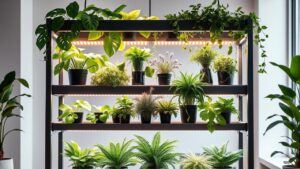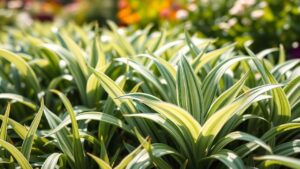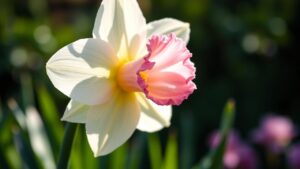
Hey there, plant lovers! If you’ve ever brought home a jewel orchid only to watch its dazzling leaves turn dull or droop, you’re not alone. These stunners look like they’ve been dipped in liquid gold and velvet, but they’re pickier than a cat deciding which sunbeam to nap in. Maybe you’ve tried everything—misting, rearranging your windows, even whispering sweet nothings—but nothing works. Don’t sweat it. By the end of this guide, you’ll know exactly how to keep your jewel orchid thriving, whether it’s perched on your Brooklyn apartment windowsill or chilling in your Florida sunroom. Let’s turn that plant panic into pure pride.
Why Jewel Orchids Aren’t Your Average Houseplant
Jewel orchids (like the popular Ludisia discolor) don’t care about flowers. Their magic is in the leaves—think dark green canvases splashed with pink or gold veins. But here’s the kicker: they’re nothing like the tough-as-nails snake plant on your desk. These guys evolved in Southeast Asia’s humid, shady forests. Imagine a plant used to lounging in dappled sunlight and sipping misty air. Now plop it into your dry, AC-blasting living room. No wonder it throws a fit!
Take Jess, a HomeCrt customer in Austin. She loved her orchid’s glittery leaves but kept it in direct sun, thinking “more light = more glitter.” Big mistake. The leaves scorched like toast. After switching to indirect light and boosting humidity (we’ll get to that), her orchid bounced back. Lesson? Treat these plants like VIPs—Very Important Perennials.
The Goldilocks Zone: Light, Water, and Soil
Light: Jewel orchids want brightness without the burn. A north-facing window is perfect. If you’re in a sunny spot like Phoenix, try filtering light through sheer curtains. No good windows? LED grow lights work—just keep them 12+ inches away.
Water: These orchids hate wet feet. Wait until the top inch of soil feels dry, then water thoroughly. Pro tip: Use room-temperature water to avoid shocking the roots. Overwatering is the #1 killer—ask Mike from HomeCrt’s support team, who’s rescued dozens of soggy orchids!
Soil: Regular potting mix is a no-go. They crave airy, well-draining stuff. Mix orchid bark, perlite, and a bit of peat moss. Or grab a pre-made mix labeled for terrariums or orchids.
Humidity Hacks (No Greenhouse Needed)
Jewel orchids need 50-70% humidity. If your air’s drier than a stand-up comedian’s wit, try these:
- Pebble trays: Fill a tray with water and stones, then set the pot on top. Evaporation does the rest.
- Group therapy: Cluster plants together to create a mini rainforest vibe.
- Humidifiers: A small one near your orchid works wonders. HomeCrt’s team swears by ultrasonic models—they’re quiet and efficient.
Fun fact: A customer in Colorado used a clear storage bin as a DIY humidity dome. Her orchid thrived, and she joked it was “living in a Tupperware spa.”
When Things Go Wrong: Troubleshooting 101
Yellow leaves? Usually too much water or light. Let the soil dry out and move the plant to a shadier spot.
Droopy stems? Could be cold drafts. Keep your orchid away from AC vents and chilly windows.
No new growth? Try a diluted orchid fertilizer every 4-6 weeks during spring and summer. But go easy—these aren’t hungry plants.
Still stuck? The American Orchid Society has great guides, or check out the Royal Botanic Gardens, Kew for deep dives into orchid care.
So there you have it! Growing jewel orchids isn’t rocket science, but it does take paying attention to their rainforest roots. Remember, these plants are more marathon runners than sprinters—they’ll reward patience with years of jaw-dropping beauty. Whether you’re a newbie or a seasoned plant parent, HomeCrt’s got your back with tips, supplies, and a community that’s as obsessed with plants as you are. Now go show that orchid who’s boss (hint: it’s you, with a watering can and some sheer curtains).





